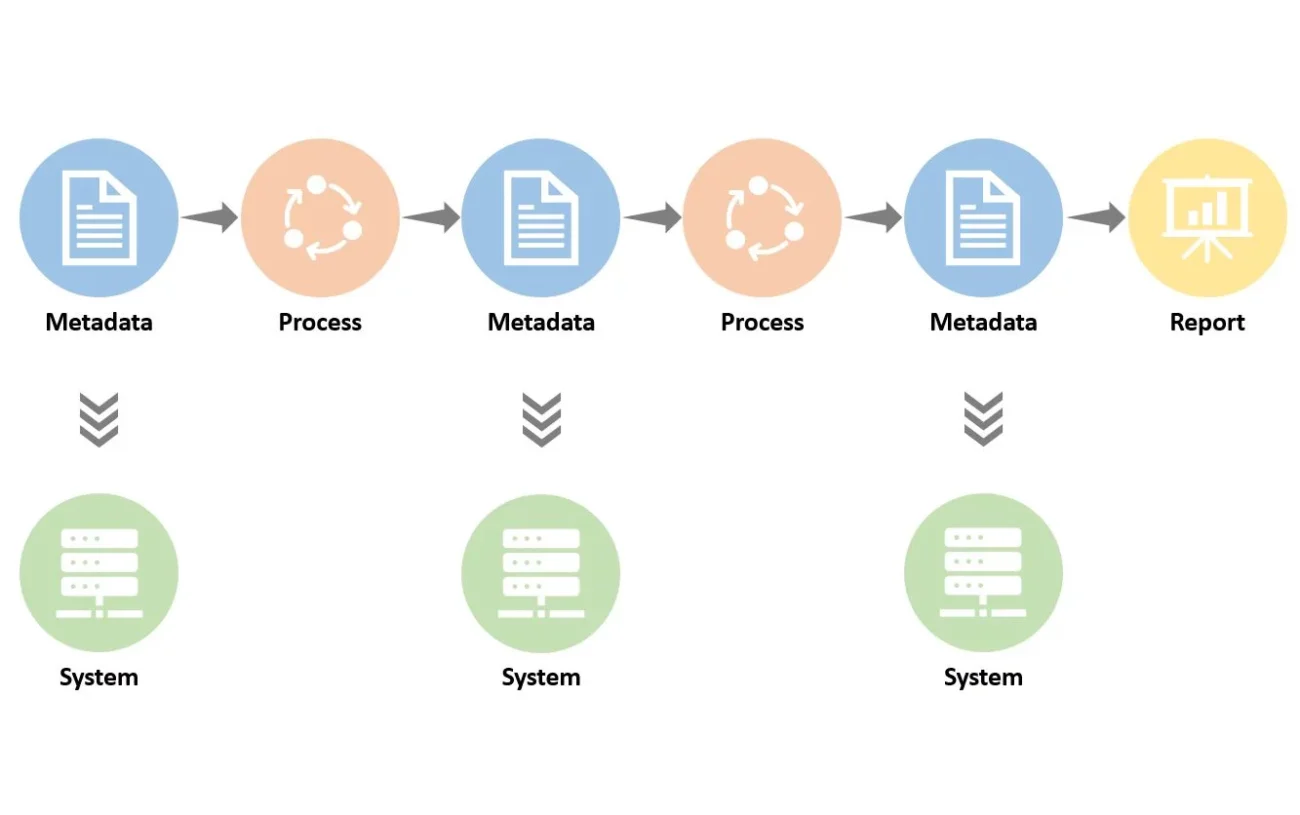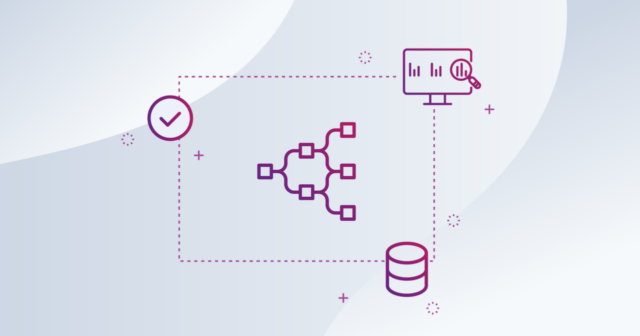
Data lineage is a process used to ensure data quality. Simply put, it’s a way of tracing the history and provenance of your data so that you can identify and correct any errors. If you’re anything like most businesses, you rely on it to make critical decisions.
But if your data is flawed or inaccurate, it can have serious consequences for your business. Data lineage can help you prevent this from happening. By tracking the history and provenance of your data, you can ensure that it’s accurate and reliable. This will ultimately help you make better decisions—and save you time and money in the process.
What is Data Lineage?
Data lineage helps ensure that data is of high quality and accurate. It can be used in a variety of ways, including to:
– Verify data accuracy and completeness.
– Detects and prevents data corruption.
– Identify which changes caused which outcomes.
– Determine how changes affected performance.
How Does Data Lineage Work?

It works by using a data registry to map sources to corresponding records. From there, you can track changes to each record and determine whether they were made correctly or not. If an error is found, you can correct it by referencing the original source material.
This process ensures that all data is accurate and up-to-date. It also helps avoid potential problems such as fraud or misuse of information. By using it, you can improve your organization’s data quality and protect its assets
Benefits of Data Lineage
There are many benefits to using data lineage when it comes to ensuring data quality. In fact, it can be used to prevent a wide variety of problems, including incorrect entries, duplicate information, and incorrect data interpretations. Here are six reasons why using it is such an important part of ensuring quality data:
- It provides a history of the data that can be used to identify changes and updates.
- It can help you track down errors and inconsistencies in the data.
- It allows you to compare different versions of the same information to find any discrepancies or inaccuracies.
- It can help you determine which parts of the database are outdated or no longer relevant.
- It can help you identify which records should be deleted or updated based on their relevance or importance.
- Finally, it can help you create templates or models that will automatically populate specific fields in new datasets as they are created, saving time and effort during data entry processes.
How to Implement Data Lineage?

There are a number of ways to implement data lineage, and the approach that is chosen depends on the organization’s specific needs.
One approach is to create a document that specifies which data items are used to generate each other. This document can be maintained in a centralized location, and it can be used to ensure that data accuracy is maintained.
Another approach is to use quality tools to identify inaccurate data items and correct them. This approach helps ensure that the data is accurate and up-to-date.
Whichever approach is chosen, it is important to ensure that the data lineage system is properly implemented and managed. Otherwise, it could lead to inaccurate data and increased risk of fraud.



